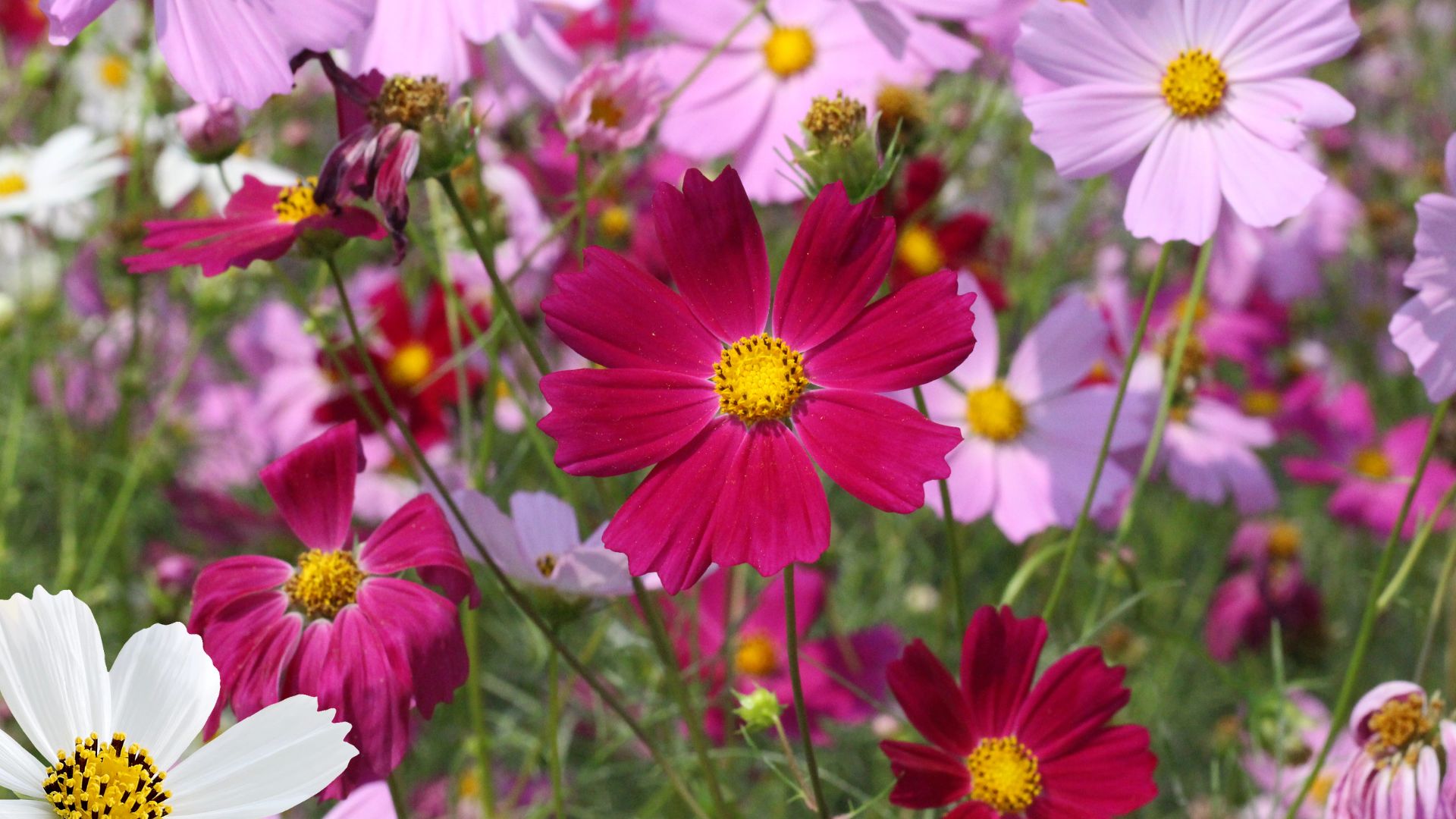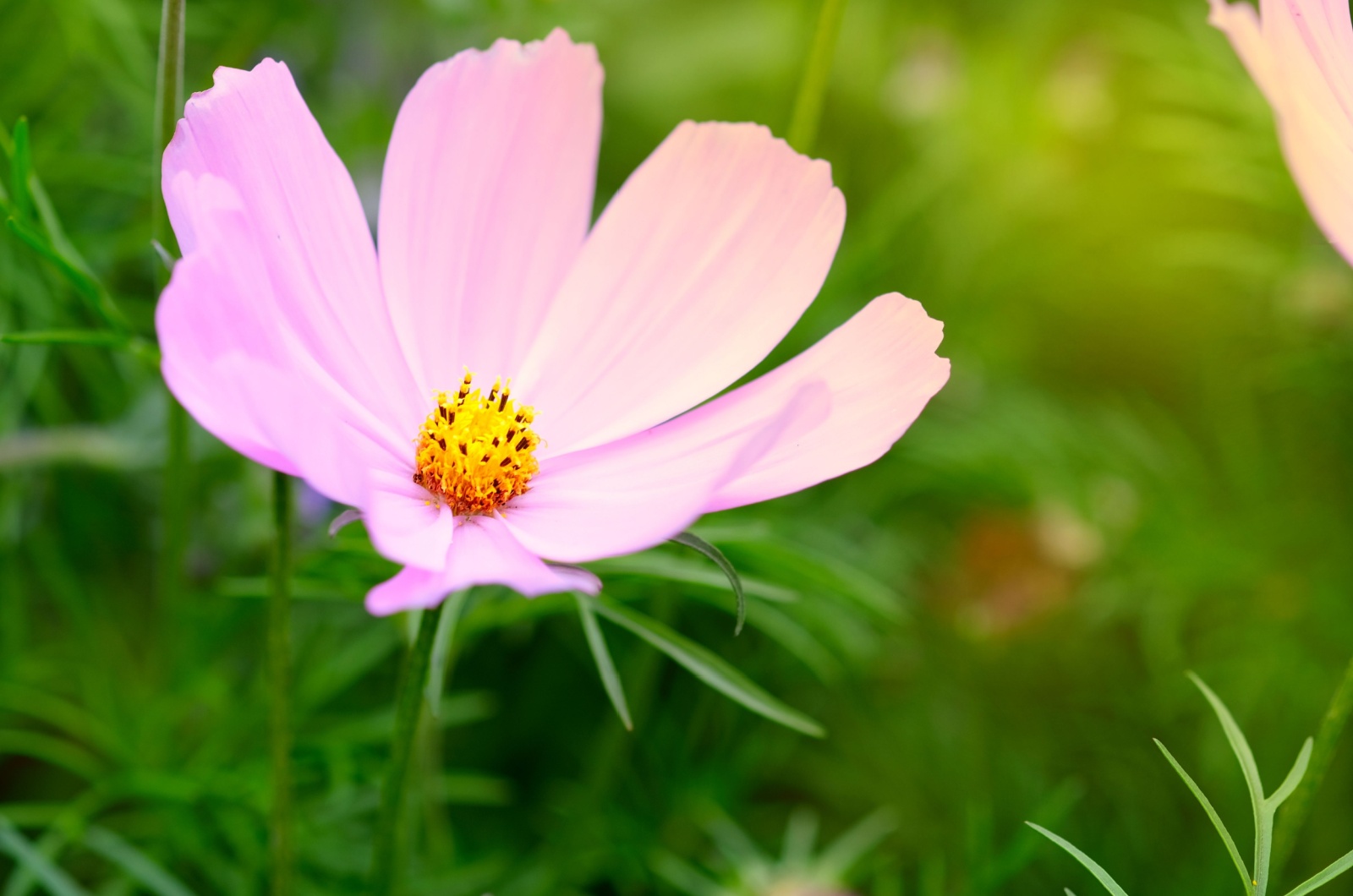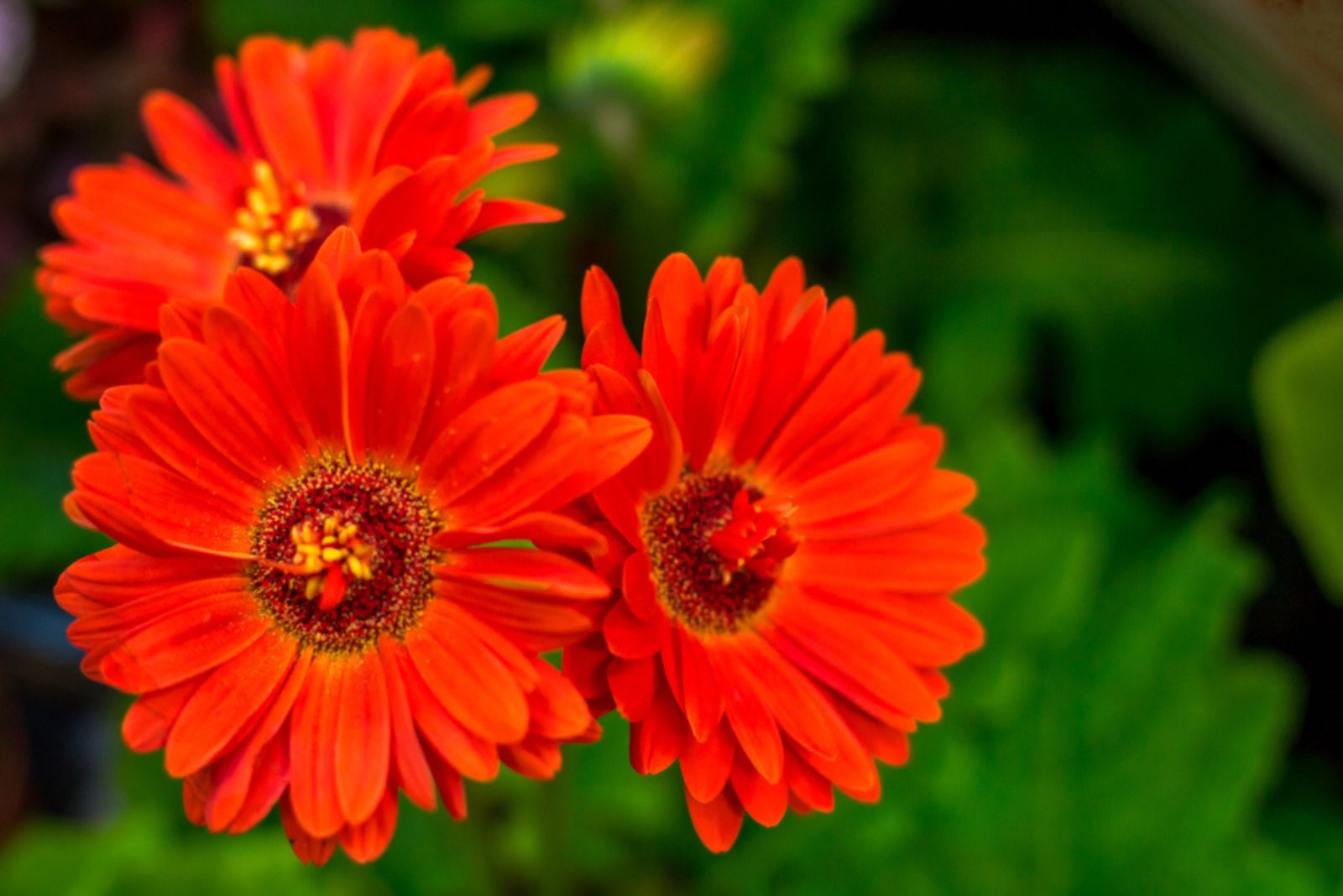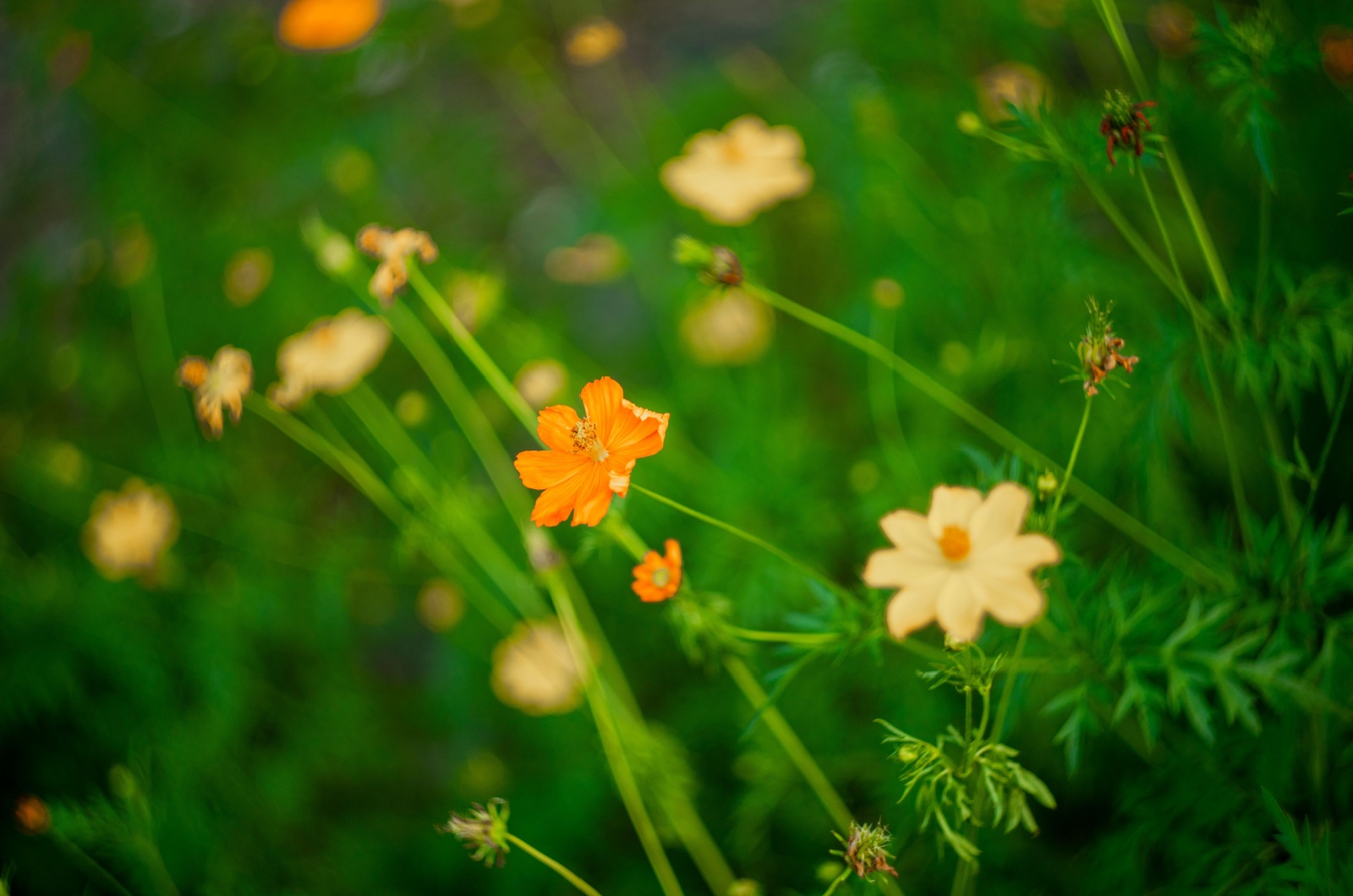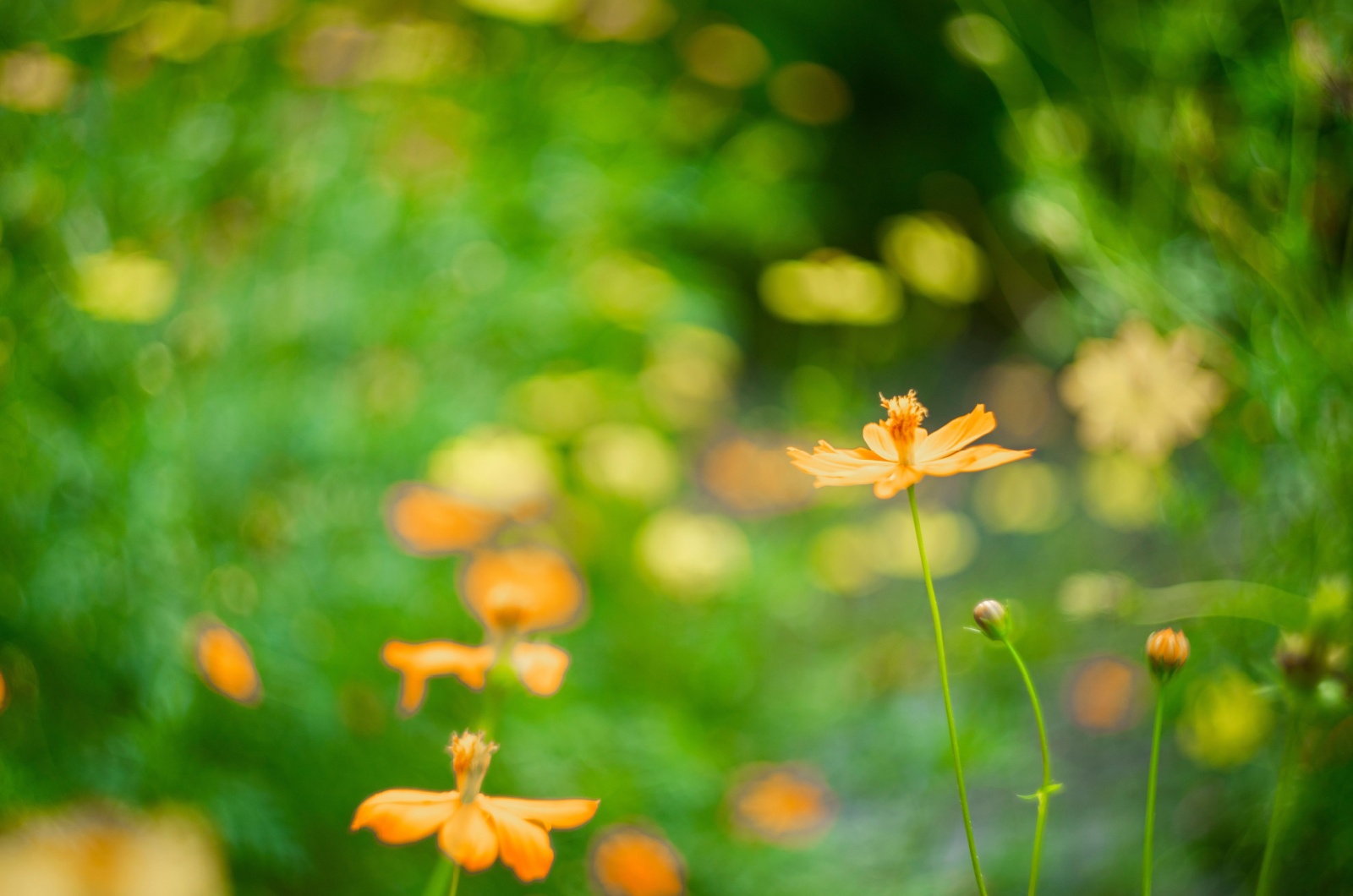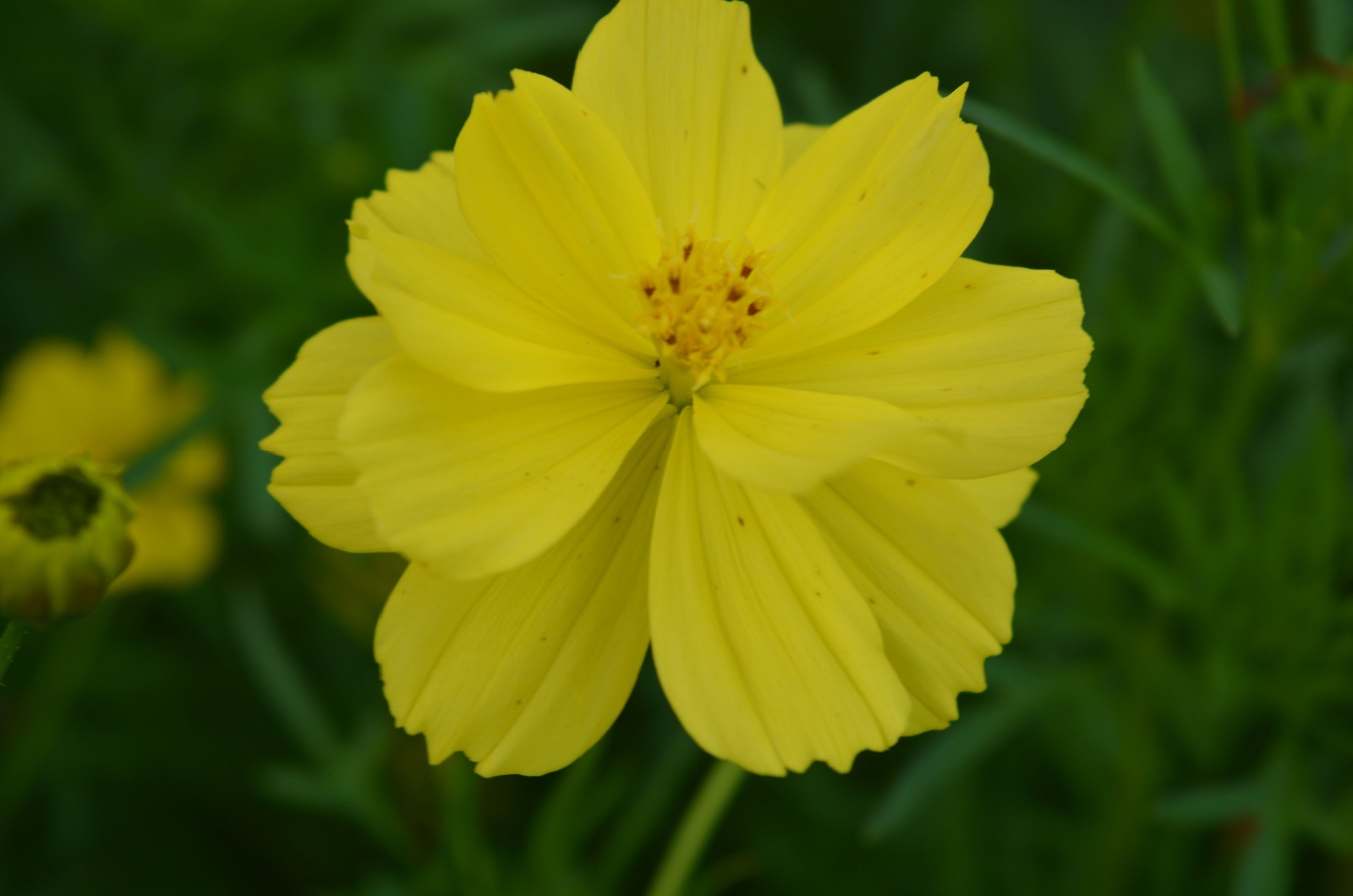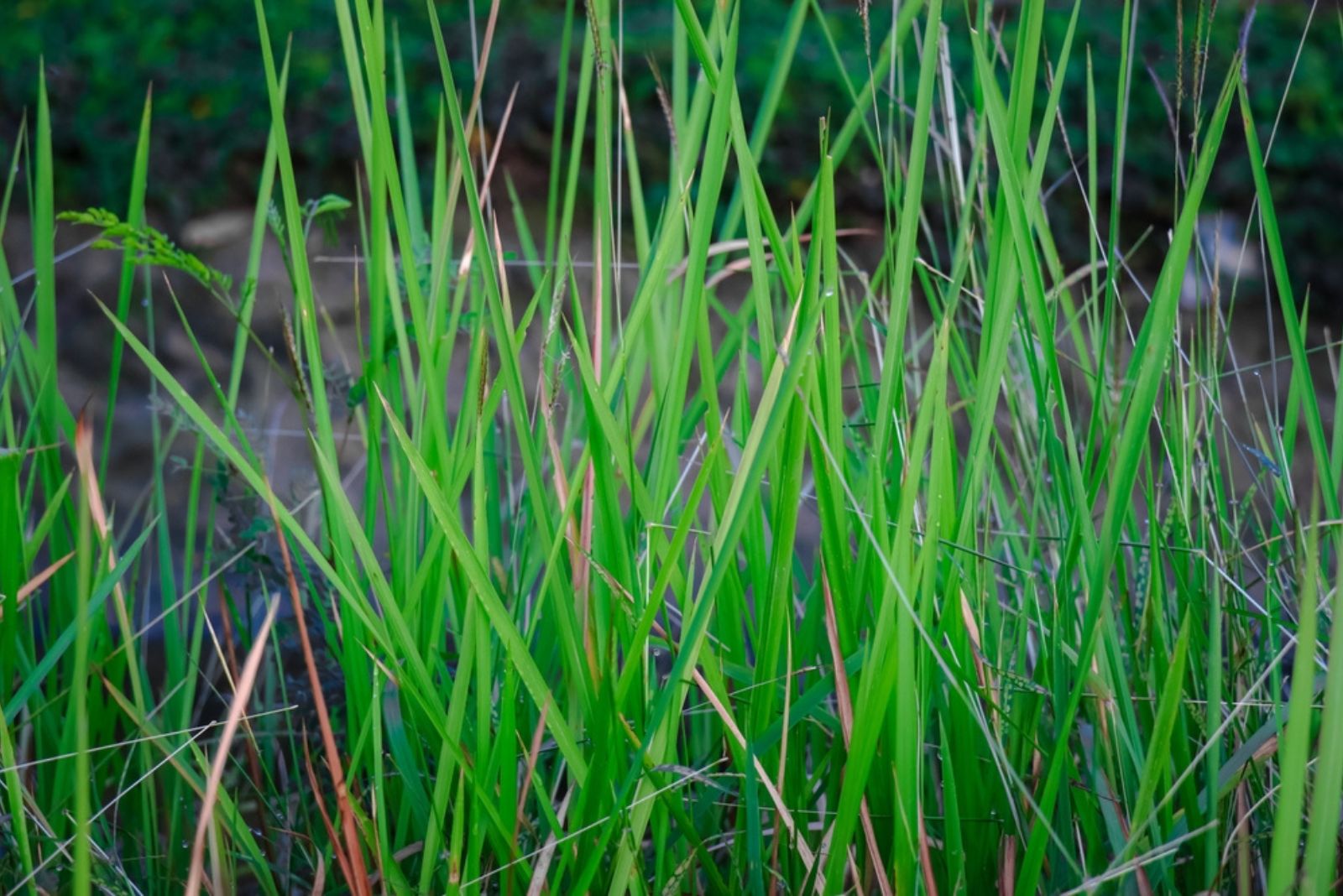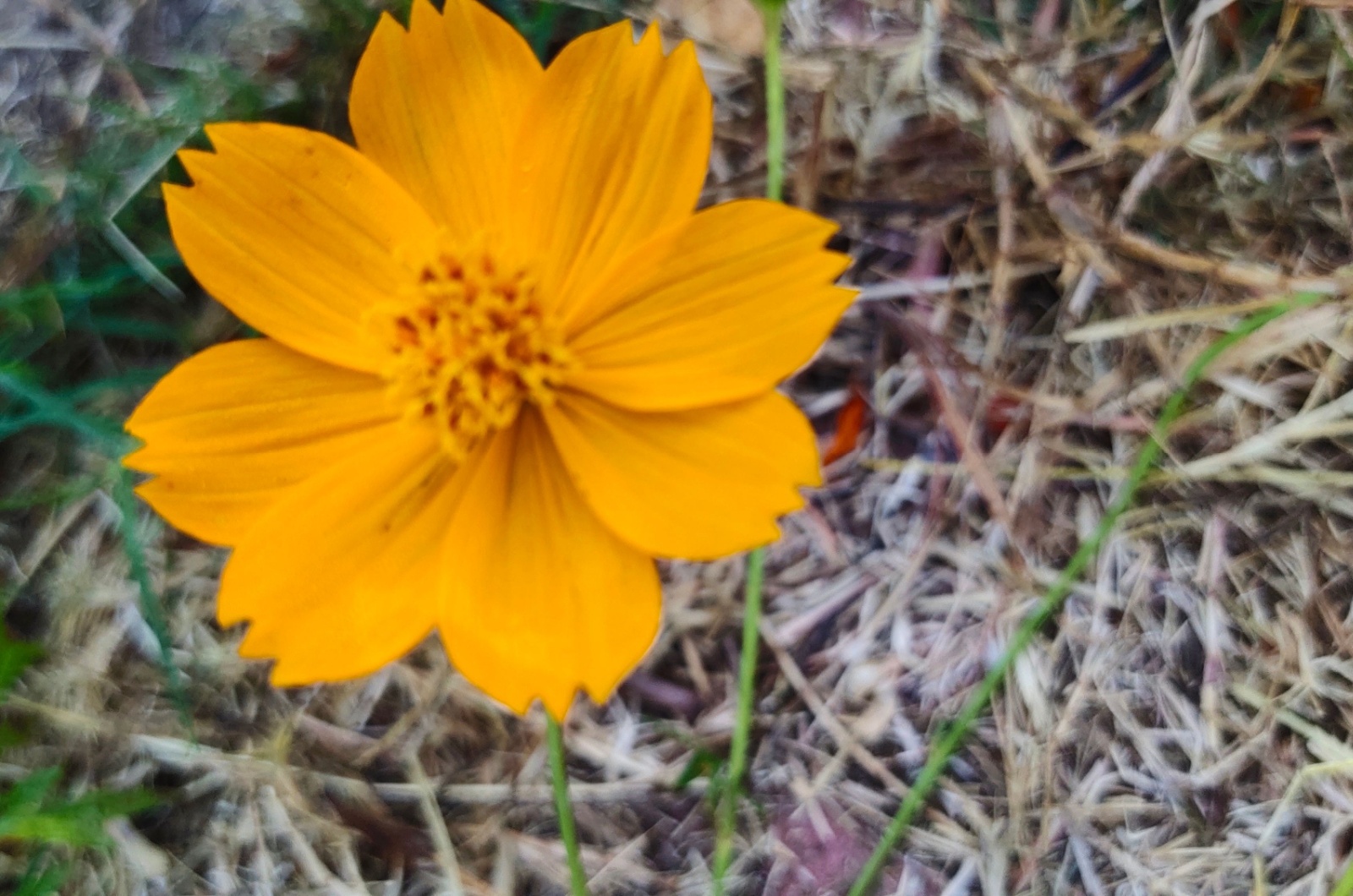I’ve always prided myself on having a green thumb, but last year my cosmos decided to challenge that notion. I mean, what’s a garden without those beautiful, star-shaped blooms, right? (It’s like baking a cake and forgetting the frosting).
So, there I was, staring at my cosmos plants, wondering why they looked so vibrant and green but had zero flowers to show for it. It was like they were mocking me.
If you’re in the same boat and your cosmos are all leaves and no flowers, stick around to find out what might be the real issue here. Trust me, I’ve done the legwork (and the facepalming) to get to the bottom of this – luckily I did, and you can do it too!
I will gladly share with you what I’ve learned to get those cosmos blooming beautifully again.
1. You Might Have Used Too Much Or Too Little Fertilizer
If you’ve ever poured your heart into nurturing a plant only to be greeted with an abundance of leaves and no blooms, you might be guilty of over-fertilizing.
Overdoing it with fertilizer can result in overly tall plants that might topple over and have few, if any, flowers (I always assumed that more fertilizer would yield more flowers, but I couldn’t be more wrong!).
I figured that cosmos aren’t picky about soil nutrition, but they do need some nutrients to flourish. If you’re seeing lots of green but no blooms, it’s time to test your soil (this will help you understand what your soil is lacking and how to balance it).
When fertilizing the cosmos, balance is key. I would recommend you start by adding fertilizer at planting time, sticking to the low end of the recommended dose. Choose a fertilizer that’s low in nitrogen to encourage a season full of beautiful blooms (because nitrogen promotes leaf growth).
I’ve used bone meal. It’s great since it’s rich in phosphorus and calcium and those flowers popped right back in no time!
You might need to feed those potted cosmos more often due to their limited soil volume. You should feed them at planting and then every three to four weeks, or as directed by the fertilizer instructions.
If you notice a slowdown in flower production, ease up on the fertilizer to let the plant use up what’s already in the soil.
My advice? Keep track of your fertilizing schedule for next season so you can fine-tune your fertilization habits!
Related: Why Is Chocolate Cosmos Special? True Chocolate Cosmos Meaning
2. The Same Goes For Watering Too Much (Or Not Watering Enough)
We’ve all been guilty of overwatering (I know I’ve done it), but both over– and under-watering can pose similar issues, or in this case, less flowering.
Water direct-sown cosmos regularly until they germinate and as seedlings grow. Once they start flowering, you can cut back on watering.
Using drip lines to control the water flow and direct it to the roots helped me A LOT, but if you don’t have this installed, you should aim for about an inch of water per week or as needed.
Cosmos are generally pretty drought-tolerant once established, but you shouldn’t let them completely dry out. When preparing seedlings for transplant, reduce watering during the hardening-off period to help them adapt to less frequent watering.
Keep an eye on your cosmos during dry spells. If they start to wilt or droop, they need water immediately (there’s a point of no return, so be vigilant during extended dry periods).
3. Your Cosmos Has No Support
Your cosmos will need support (both emotionally and physically). Since they are tall plants full of gorgeous blooms (hopefully), when planted to stand alone all by themselves they might topple over and stop blooming.
To prevent this, plant tall cosmos varieties at the back of your garden, against a fence or shrub line, to help them stand up to strong winds and rain.
For even sturdier plants, pinch your seedlings when they reach four to eight inches. This encourages them to bush out, creating a stronger base, more foliage, and more buds!
Also read: Cosmos Flower Meaning: What Makes This Flower So Special?
4. Or It Might Be Longing For Some Sunlight
Those blooms might be hiding ‘cause they’ve been kept in the dark!
You may already know that cosmos thrive in full sun, so planting them where they’ll soak up six to eight hours of direct sunlight each day is the best option.
But hey, if you’re in the southern regions where the sun feels like it’s on steroids, your cosmos might need a bit of a breather.
Here’s a little trick I discovered (after some crispy cosmos, of course): give them a bit of dappled sunlight or shade. Use a shade cloth or plant them under the light canopy of taller plants to protect them from the harshest sun rays.
5. Transplant Shock Might Also Be To Blame
Starting cosmos indoors from seeds is a breeze!
The seeds are large and easy to handle (and they usually sprout without a hitch). Just make sure not to let them become rootbound, so sow your seeds about three to four weeks before you plan to transplant them.
Now, transplanting them can be a bit tricky. If you don’t do it right, your cosmos might go into shock and hide those gorgeous blooms for quite some time!
Keep an eye on the weather and ensure your garden is prepped and ready for these beauties. If they sit in cell trays for too long, they might get stressed, leading to double blooms reverting to singles or early blooming when they’re still tiny and immature.
Don’t skip the hardening-off process! Gradually expose your cosmos seedlings to the great outdoors for several days to a week. If they handle it like champs, you’re good to go for transplanting.
Pick a warm but mostly cloudy day for the move to avoid harsh sun and heat. Give your seedlings a nice drink of water, then gently ease them out of their trays. Use a dibbler, trowel, or your hand to make small holes in the soil.
Place each seedling in its new home, making sure the root ball is snug and the top is level with the soil surface. Fill in the hole with soil, tamp it down, and give it a final watering.
Related: 11 Brilliant Ways That Will Help You Prevent Transplant Shock When Moving Perennials
6. Your Soil Type Shouldn’t Be Overlooked
It might sound strange, but cosmos actually thrive in moderately poor to poor soil.
That’s fantastic news if you’re beginning a garden in less-than-ideal soil and still want a stunning, low-maintenance flower display.
Cosmos prefer soil with a loose consistency. To improve drainage, mix in some compost and try broadforking. I also added worm castings to my soil and it completely transformed its texture (for the better, of course!).
This might be useful: Transform Your Garden Soil From Drab To Fab With This Sweet And Simple Trick
7. You Forgot To Deadhead The Flowers
I didn’t know that deadheading was THAT important. Well, as it turns out, it is – deadheading is a surefire way to keep your cosmos plants blooming all season long!
All you have to do is simply snip off spent flowers regularly to make room for new, fresh blooms. You can use the harvested flowers in bouquets or compost them (cosmos bouquets are truly one-of-a-kind).
Cosmos are resilient plants and can handle a bit of neglect; but if you notice a lot of droopy or dried flowers, simply give them a trim. Soon, your cosmos will look refreshed and filled with blooms!
Related: You’ve Been Deadheading Your Flowers Wrong All Along. Here’s The Game-Changing Technique You Need
8. Those Pesky Weeds Might Be Competing With Your Cosmos
Sneaky weeds always get in the way, especially with such pretty flowers as cosmos. Those critters will compete with your cosmos for nutrients (and probably win in the end).
What I would suggest you do is prepare a stale seedbed to minimize competition during the emergence phase (before you even sow your cosmos). Then, cultivate the soil after they germinate and continue to do so every few weeks to keep weeds away.
As the cosmos grow, their towering blooms will naturally shade out smaller weeds (take that, pesky weeds!), but giving them a hand in the early stages is crucial for their success!
This might be useful: 6 Weed Control Tips You Need To Banish Weeds From Your Garden For Good
9. Always Check For Pests & Diseases
If you’ve checked all the boxes for proper care (adequate watering, no transplant shock, balanced fertilization), but still notice issues like deformities, lack of blooms, or yellowing, it might be time to consider the possibility of disease.
Yellowing or browning flowers, any type of deformations, and a fuzzy white coating on petals, stems, and leaves are often telltale signs of plant diseases. Common culprits are diseases such as aster yellows, blight, and infamous powdery mildew.
To combat these diseases, you should:
• Keep your garden nice and neat
• Avoid overhead watering
• Ensure proper spacing and airflow between plants to reduce humidity
Unfortunately, that’s not all. Common garden pests can also be to blame if you don’t see any flowers on your cosmos (yup, they are also fans of those pretty blooms).
If you spot ants on your plants, they may be farming aphids, attracted to the sweet honeydew aphids produce.
Installing Japanese beetle traps around could be quite useful and drastically reduce damage on multiple crops. These annoying beetles can ruin your garden overnight because they can munch through leaves faster than you can imagine.
Use insect netting and avoid killing them directly on your plants to prevent the spread of bacterial wilt, a disease they can carry in their gut.
Caring for cosmos can be a wild ride (I know), but it’s all definitely worth it once those lovely blooms adorn your garden with abundance and vibrancy.
You know, my cosmos journey also started off a bit rocky, with lots of leaves but no blooms. But, after learning about proper care, I finally saw tiny blooms popping up (I was so happy and excited!).
So, if your cosmos are struggling, hang in there! Keep an eye on water and sunlight, avoid over-fertilizing, and watch out for pests.
May your cosmos bloom brighter than ever!

